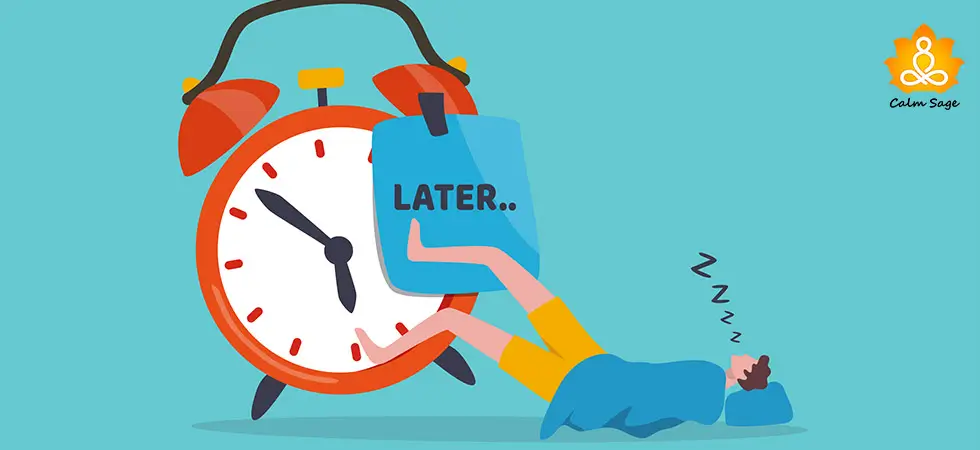Weighing The Differences Between Panic Disorder And GAD
Everyone gets confused between panic disorder and generalized anxiety disorder (GAD). This blog covers characteristics of panic disorder and generalized anxiety disorder along with differences between gad and panic disorder.

Everyone gets confused between panic disorder and generalized anxiety disorder (GAD). Even there was a time when I got confused between the two distinct mental health conditions due to some common signs and symptoms like excessive worry.
If you or your loved one is going through these mental health conditions then gaining a brief insight regarding these would help you or them in proper treatment. This blog covers characteristics of panic disorder and generalized anxiety disorder along with differences between gad and panic disorder.
So, let’s get started.
PS: If you wish to read the differences directly, please scroll down or click here to redirect.
Characteristics of Panic Disorder
Panic disorder is defined as recurring and unexpected panic attacks that occur in the absence of actual danger. As per DSM-5, panic attacks are a sudden onset of fear. The common physical and psychological symptoms of panic disorder are:
- Hot or chill flashes
- Discomfort or chest pain
- Excessive sweating
- Feeling of choking
- Fear of losing control
- Fear of dying
- Fear of going crazy
- Feeling light-headed, dizzy, unsteady, or faint
- Feelings of derealisation (unreality) or being detached from self (depersonalization).
- Pounding heart, heart palpitations, or accelerated heartbeat or rate
- Abdominal distress or nausea
- Tingling sensations (paraesthesia) or numbness
- Shortness of breath
- Smothering
- Shaking or trembling
Panic disorder basically generally happens suddenly and stays up to 10 minutes and more. Some panic attacks might stay longer or might occur in succession which makes it difficult to determine when the attacks end or another attack begins. Panic disorder often creates a vicious cycle wherein the person might experience excessive worry about having another panic attack.
Talking more about panic disorder, the person might be consumed with fear and worry as they slightly develop behavioural changes like agoraphobia. Agoraphobia is about avoiding environments and situations wherein a panic attack might begin again.
Characteristics of GAD
Generalized Anxiety Disorder (GAD) is about pervasive and excessive worry related to everyday functioning and life events. GAD reflects the worry which difficult to control and often leads to unmanageable worrisome thoughts. If you or your loved one is experiencing something like this, then as per DSM-5, a person should have symptoms for more than six months.
People who experience GAD are almost worrying and getting anxious about things (that are even not controllable). It also makes it difficult for them to complete everyday roles, along with this they are unable to take care of themselves which also impacts their relationships with people and their loved ones.
To detect GAD, you can check physical and mental health symptoms. If you will observe with little focus, you will see that there is a lot of difference between panic disorder and GAD.
Common Physical Symptoms Of GAD Are:
- Headache
- Fatigue
- Digestion issues
- Irritation
- Muscle tension
- Sleeping issues
- Restlessness
- Trembling
- Sweating
- Edginess
- Persistent anxiety
- Overthinking
- Difficulty in handling certainty
- Difficulty in concentration
Mental Health Symptoms Of GAD Are:
In GAD, mostly the person is worried about general surroundings which cover usual life situations like job issues, finances, children, marriage, and health which is quite different from panic disorder. Additionally, panic disorder is about persistent worrying about the next panic.
Panic Disorder vs GAD: The Differences
Below are some common differences between Panic Disorder and GAD:
1. During a panic attack you might feel continuous episodes of panic attack meanwhile, generalized anxiety disorder is quite different, in GAD you excessively worry about each and every moment of life.
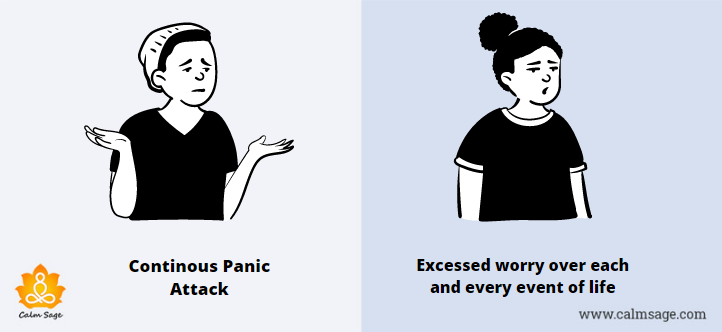
2. Whenever someone experiences a Panic Attack, they might experience fear of losing control or going insane continuously. meanwhile, in GAD, people keep on experiencing anxious thoughts that interrupt everyday functioning.
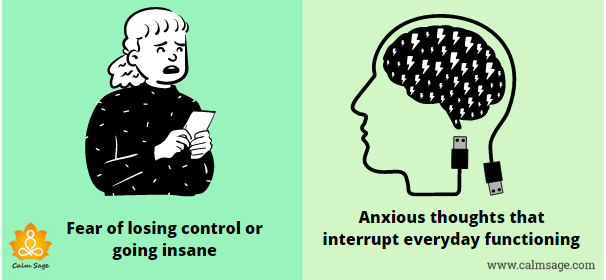
3. Generalized Anxiety Disorder leads to fatigue, trouble sleeping, and tension in muscles that impacts physical health as well. on the other hand, panic attacks are related to the feeling of being detached or experiencing unreal thoughts (which are uncontrollable).
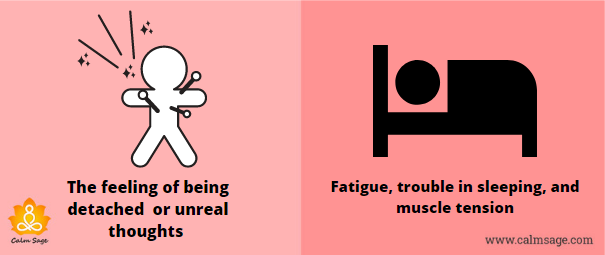
4. Panic attacks are all about excessive worry about future attacks meanwhile, GAD is all about having continuous irritation.
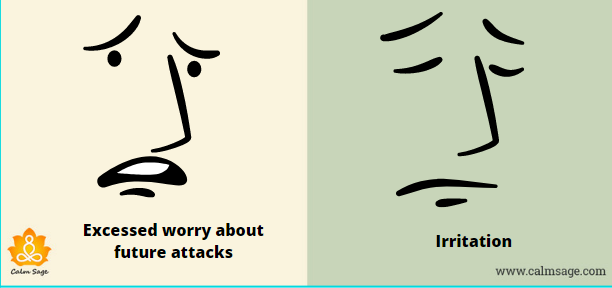
5. Common symptoms of a panic attack are shaking, trembling, and chest pain. Meanwhile, people who experience GAD might feel reduced concentration ability along with feelings of going blank.
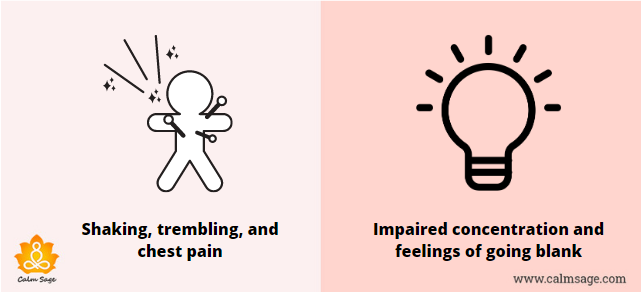
6. Panic Attacks are related to physical signs and symptoms such as shortness of breath and accelerated heart rate. Meanwhile, GAD is related to digestion issues and immunity
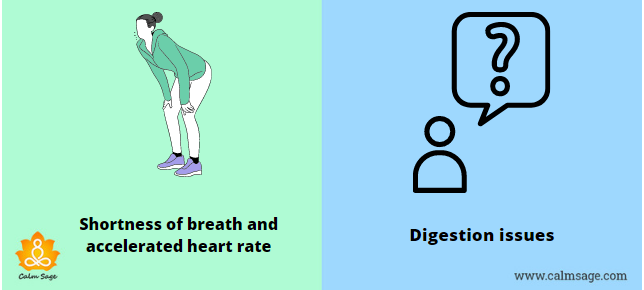
I hope this blog helps you to understand the differences between Panic Disorder and GAD. If you or your loved one is experiencing something like this then getting professional help is necessary before the mental health conditions go into other phases.
To connect with a mental health professional from BetterHelp, click here. For more such content, connect with us through our social media platforms.
Thanks for reading!
Next Read:
Panic Attack vs Anxiety Attack: Know The Difference
Panic Attacks vs. Nervous Breakdown: Know the difference
Panic Attacks: Facts, Natural Remedies &All You Need To Know






